
English Blogs
"Let's Learn, Explore, and Connect to the World"

Past Perfect Continuous 6
- Cris Flores
- Basic English Grammar Blog

VI. Expanding Your Practice with the Present Perfect Continuous
To master the Present Perfect Continuous tense, engaging in diverse and consistent practice is crucial. This section offers strategies and resources to deepen your understanding and usage of this tense in various contexts.
Interactive Exercises and Activities
 Daily Conversations: Incorporate the Present Perfect Continuous into your daily conversations, focusing on actions that have been happening over a period of time.
Daily Conversations: Incorporate the Present Perfect Continuous into your daily conversations, focusing on actions that have been happening over a period of time.
 Writing Diaries: Write diary entries or journal posts using the tense to describe ongoing activities or changes in your life.
Writing Diaries: Write diary entries or journal posts using the tense to describe ongoing activities or changes in your life.
Role-playing Scenarios: Engage in role-play exercises that involve scenarios requiring the use of the Present Perfect Continuous, such as discussing ongoing projects or life changes.
Enhancing Conversational Skills
 Discussion Groups: Participate in English discussion groups or language exchange meetups where you can practice speaking about ongoing actions or experiences using this tense.
Discussion Groups: Participate in English discussion groups or language exchange meetups where you can practice speaking about ongoing actions or experiences using this tense.
 Debates and Discussions: Join debates or group discussions on topics like environmental changes, personal development, or current events, using the Present Perfect Continuous to express ongoing developments or effects.
Debates and Discussions: Join debates or group discussions on topics like environmental changes, personal development, or current events, using the Present Perfect Continuous to express ongoing developments or effects.
Writing Practice
 Reflective Writing: Reflect on your personal experiences, hobbies, or professional skills that have been developing over time, using the Present Perfect Continuous to emphasize their progression.
Reflective Writing: Reflect on your personal experiences, hobbies, or professional skills that have been developing over time, using the Present Perfect Continuous to emphasize their progression.
 Creative Stories: Write short stories or narratives where characters are involved in long-term actions or experiences, employing the tense to add depth to the storyline.
Creative Stories: Write short stories or narratives where characters are involved in long-term actions or experiences, employing the tense to add depth to the storyline.
Listening and Comprehension Practice
 Podcasts and Audiobooks: Listen to English-language podcasts or audiobooks, paying special attention to contexts where the Present Perfect Continuous is used.
Podcasts and Audiobooks: Listen to English-language podcasts or audiobooks, paying special attention to contexts where the Present Perfect Continuous is used.
 Movies and TV Shows: Watch movies and TV shows in English, focusing on dialogues that incorporate the Present Perfect Continuous, especially in scenes depicting ongoing actions or events.
Movies and TV Shows: Watch movies and TV shows in English, focusing on dialogues that incorporate the Present Perfect Continuous, especially in scenes depicting ongoing actions or events.
Creative Writing
 Blogging: If you maintain a blog, write posts about your ongoing experiences or projects using the Present Perfect Continuous.
Blogging: If you maintain a blog, write posts about your ongoing experiences or projects using the Present Perfect Continuous.
 Story Development: Create stories focusing on characters with long-term goals or challenges, using the tense to convey the continuity of their experiences and actions.
Story Development: Create stories focusing on characters with long-term goals or challenges, using the tense to convey the continuity of their experiences and actions.
Conclusion
 Expanding your practice with the Present Perfect Continuous through a variety of activities and resources is key to mastering its use. Regular practice in speaking, writing, and comprehension will enhance your ability to effectively use this tense, enriching your overall communication skills in English.
Expanding your practice with the Present Perfect Continuous through a variety of activities and resources is key to mastering its use. Regular practice in speaking, writing, and comprehension will enhance your ability to effectively use this tense, enriching your overall communication skills in English.
Latest Blogs

Present Simple Tense 1
English Blogs “Let’s Learn, Explore, and Connect to the World” Present Simple Tense 1 I. Introduction to the Present Simple Tense in English Mastering the

Present Simple Tense 2
English Blogs “Let’s Learn, Explore, and Connect to the World” Present Simple Tense 2 II. Understanding the Present Simple Tense Definition and Structure At its
Reading comprehension quiz
Check out our books and more!

Comic Collections : A Compilation of Daily Professional and Casual Conversations (Book 3)
Discover the joy of conversation with “Comic Collections: A Compilation of Daily Professional and Casual Conversations,” a whimsically illustrated comic book that transforms talking into an adventure. Ideal for those eager to polish their chatting skills, this light-hearted guide is a trove of insights presented in a uniquely entertaining format.
Check out our Blogs!
Read our everyday blogs and gain new knowledge, skills, and inspiration to support your learning journey here in SEKAEL.


Learn through Common English Errors Blogs by recognizing and correcting everyday grammar and usage mistakes.




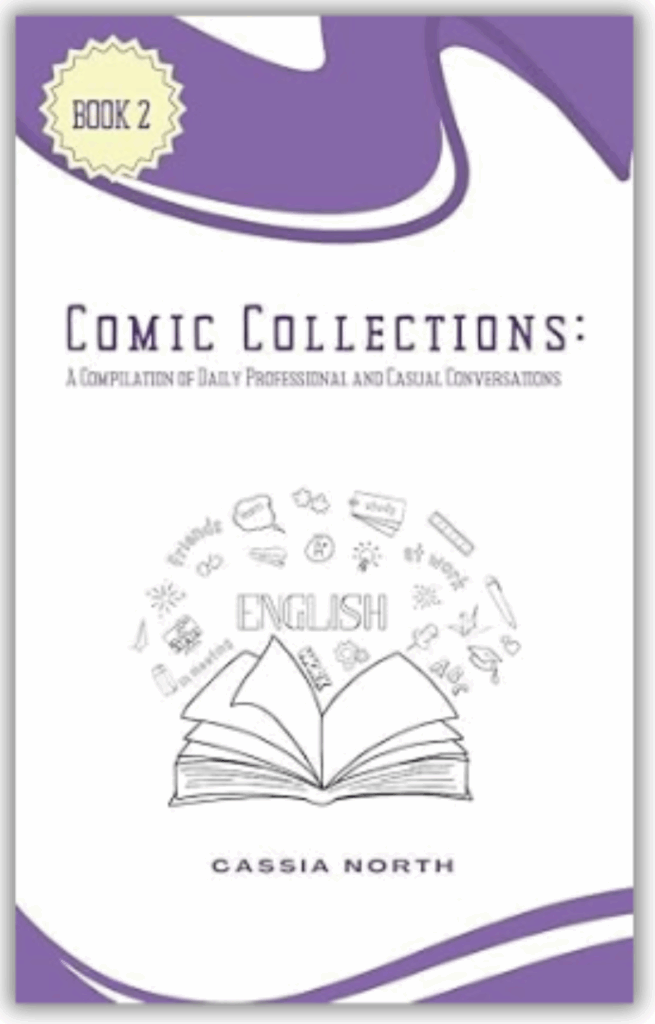


 Emphasize Duration: Use this tense to emphasize the duration of an ongoing action, especially when the length of time is significant or relevant to the conversation.
Emphasize Duration: Use this tense to emphasize the duration of an ongoing action, especially when the length of time is significant or relevant to the conversation. Highlight Ongoing Nature: Choose this tense to highlight the ongoing nature of an action that started in the past and is still continuing.
Highlight Ongoing Nature: Choose this tense to highlight the ongoing nature of an action that started in the past and is still continuing.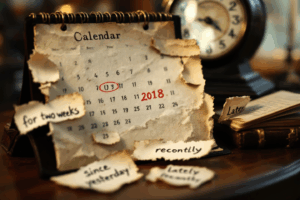 Combine with Time Expressions: Familiarize yourself with time expressions commonly used with this tense, like ‘for’, ‘since’, ‘lately’, and ‘recently’.
Combine with Time Expressions: Familiarize yourself with time expressions commonly used with this tense, like ‘for’, ‘since’, ‘lately’, and ‘recently’. Regular Practice: Integrate the Present Perfect Continuous into daily conversations, focusing on actions that are currently ongoing or were recently completed.
Regular Practice: Integrate the Present Perfect Continuous into daily conversations, focusing on actions that are currently ongoing or were recently completed.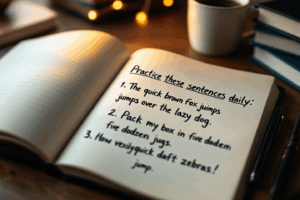 Writing Exercises: Write about your recent activities or ongoing projects using the Present Perfect Continuous to emphasize duration and continuity.
Writing Exercises: Write about your recent activities or ongoing projects using the Present Perfect Continuous to emphasize duration and continuity. Listening Comprehension: Listen for the use of the Present Perfect Continuous in podcasts, movies, and conversations to understand its application in various contexts.
Listening Comprehension: Listen for the use of the Present Perfect Continuous in podcasts, movies, and conversations to understand its application in various contexts. This tense is a dynamic and expressive tense that adds depth to your English communication, especially when discussing actions over time. By understanding its proper use, common mistakes, and through regular practice, your proficiency and comfort in using this tense will significantly improve, enriching your overall English language skills.
This tense is a dynamic and expressive tense that adds depth to your English communication, especially when discussing actions over time. By understanding its proper use, common mistakes, and through regular practice, your proficiency and comfort in using this tense will significantly improve, enriching your overall English language skills.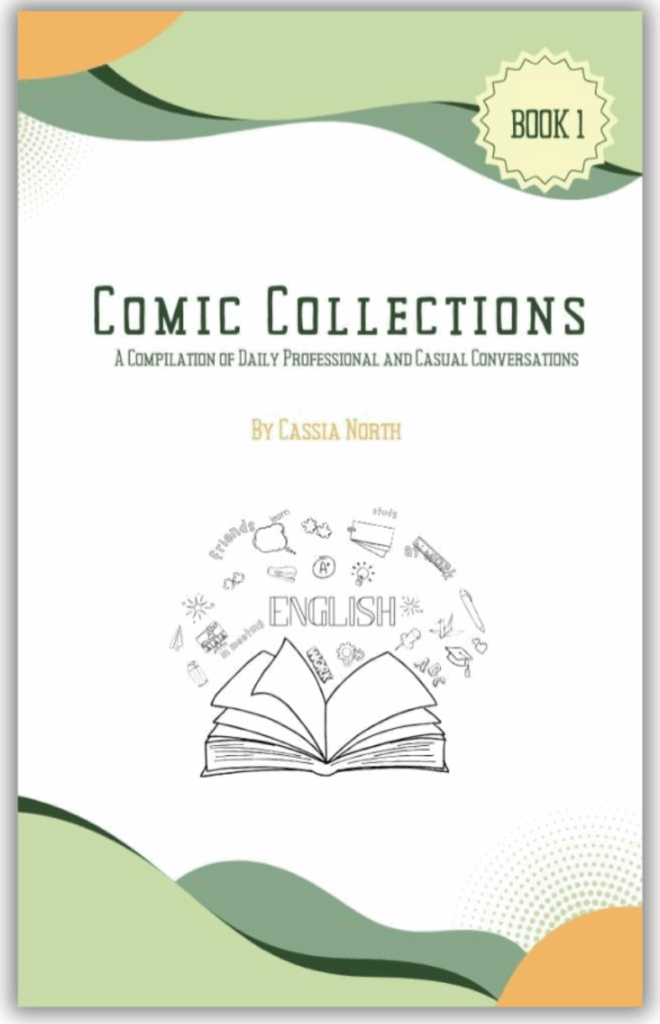


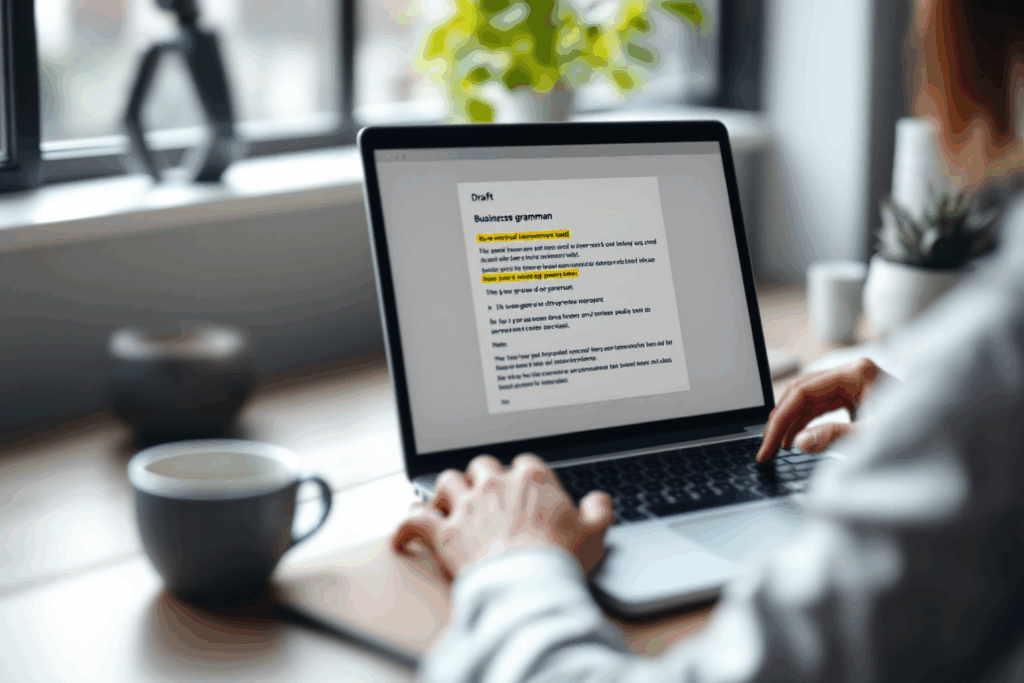

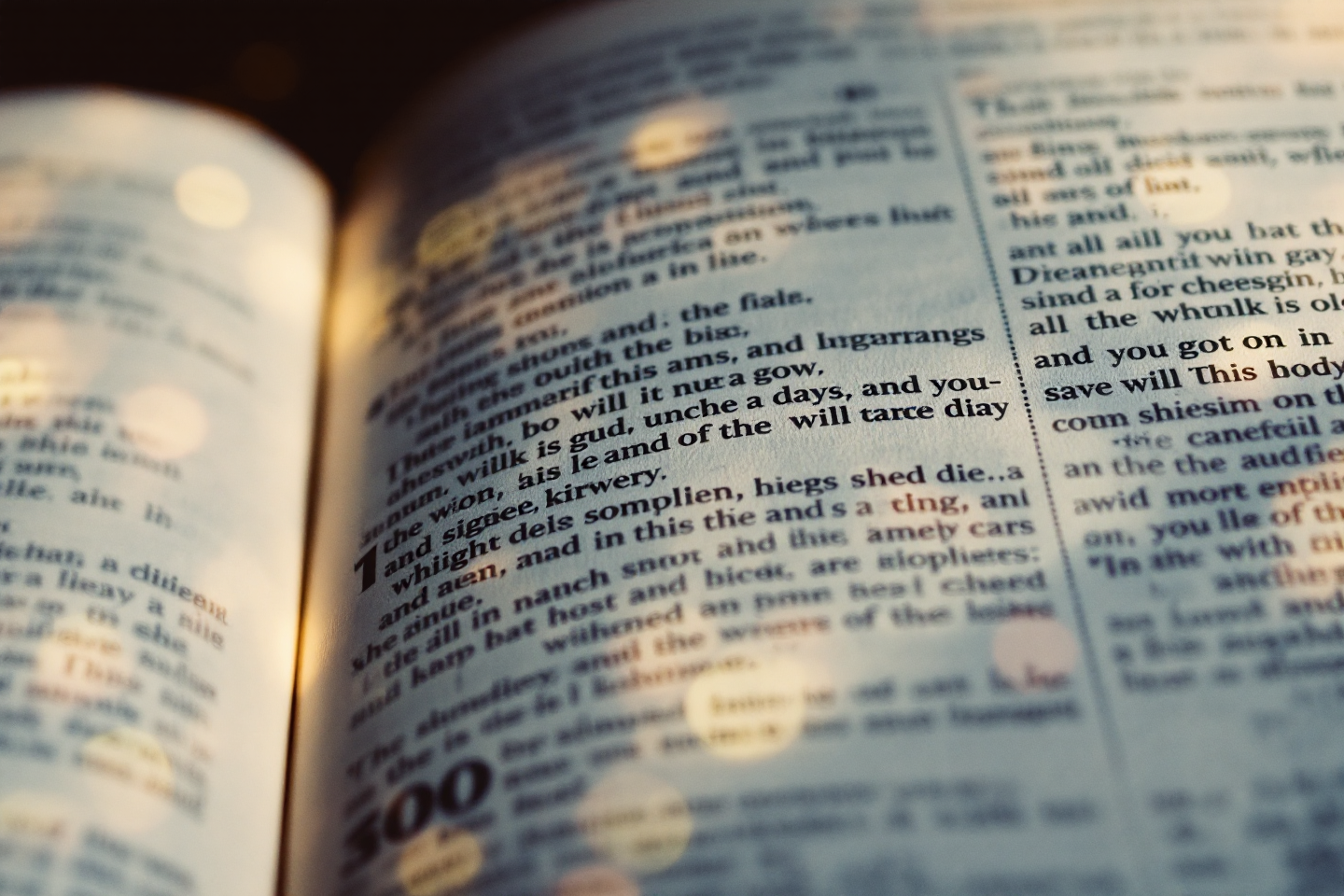
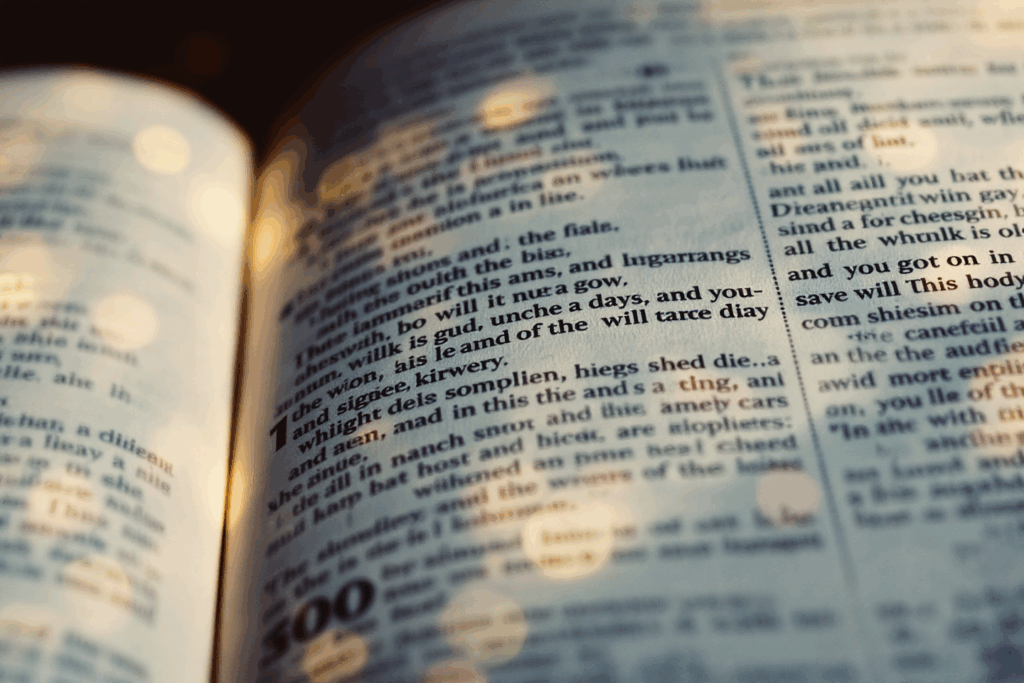





 Historical Inquiry: When discussing history or past events, formulating questions in this tense can help understand the duration and progression of historical situations, leading to deeper insights and more meaningful discussions.
Historical Inquiry: When discussing history or past events, formulating questions in this tense can help understand the duration and progression of historical situations, leading to deeper insights and more meaningful discussions. Reflective Writing: In journals or personal essays, using negative structures can help express what had not occurred or was not happening over a period leading up to a significant past moment, adding depth and introspection to your writing.
Reflective Writing: In journals or personal essays, using negative structures can help express what had not occurred or was not happening over a period leading up to a significant past moment, adding depth and introspection to your writing. By mastering the formation and use of questions and negatives in the Past Perfect Continuous Tense, you can enhance your ability to discuss, question, and negate aspects of past actions with greater clarity and precision. This skill is particularly valuable in complex narrative and analytical contexts, where understanding the nuances of past events is crucial. Embrace the power of this tense, and take your English communication skills to the next level.
By mastering the formation and use of questions and negatives in the Past Perfect Continuous Tense, you can enhance your ability to discuss, question, and negate aspects of past actions with greater clarity and precision. This skill is particularly valuable in complex narrative and analytical contexts, where understanding the nuances of past events is crucial. Embrace the power of this tense, and take your English communication skills to the next level.






 By mastering these different applications of the Past Perfect Continuous Tense, you can add nuance and detail to your descriptions of past actions, particularly when emphasizing duration, cause and effect, and ongoing processes. This not only enhances your storytelling abilities but also improves the clarity and depth of your historical and analytical narratives. Embrace the power of this tense, and take your English language skills to new heights.
By mastering these different applications of the Past Perfect Continuous Tense, you can add nuance and detail to your descriptions of past actions, particularly when emphasizing duration, cause and effect, and ongoing processes. This not only enhances your storytelling abilities but also improves the clarity and depth of your historical and analytical narratives. Embrace the power of this tense, and take your English language skills to new heights.


 The Past Perfect Continuous Tense, an often-overlooked aspect of English grammar, is essential for expressing a nuanced view of the past. It combines the complexity of the past with the continuous aspect, offering a lens through which we can examine ongoing actions and situations leading up to a specific point in the past. By mastering this tense, you can add depth, clarity, and sophistication to your language skills, enabling you to communicate complex ideas about the past with ease.
The Past Perfect Continuous Tense, an often-overlooked aspect of English grammar, is essential for expressing a nuanced view of the past. It combines the complexity of the past with the continuous aspect, offering a lens through which we can examine ongoing actions and situations leading up to a specific point in the past. By mastering this tense, you can add depth, clarity, and sophistication to your language skills, enabling you to communicate complex ideas about the past with ease.

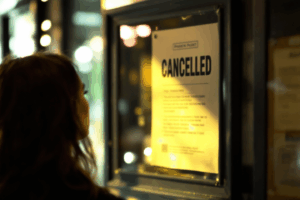
 Understanding the temporal aspect of the Past Perfect Continuous is key. It places emphasis on the process or duration of past actions rather than their completion. This aspect makes it distinct from the Past Perfect Tense, which focuses more on the completion of past actions before another past moment.
Understanding the temporal aspect of the Past Perfect Continuous is key. It places emphasis on the process or duration of past actions rather than their completion. This aspect makes it distinct from the Past Perfect Tense, which focuses more on the completion of past actions before another past moment. When using the Past Perfect Continuous, it’s important to consider whether the focus is on the action’s duration leading up to another event or its completion. If the emphasis is on the outcome or completion, the Past Perfect Tense might be more appropriate. However, if the focus is on the ongoing nature of the past action, the Past Perfect Continuous is the better choice.
When using the Past Perfect Continuous, it’s important to consider whether the focus is on the action’s duration leading up to another event or its completion. If the emphasis is on the outcome or completion, the Past Perfect Tense might be more appropriate. However, if the focus is on the ongoing nature of the past action, the Past Perfect Continuous is the better choice.



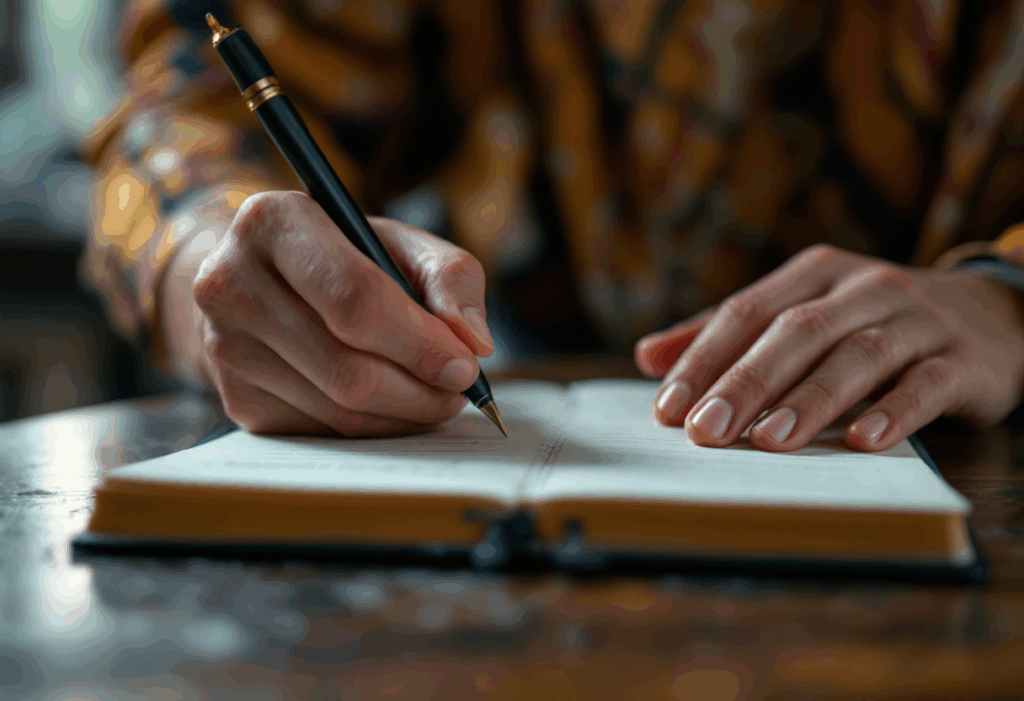

 The Past Perfect Continuous serves to emphasize the process or duration leading up to a particular past moment, often shedding light on the causes or backgrounds of past states or events. By using this tense, you can provide your audience with a deeper understanding of the context and circumstances surrounding past actions, enabling them to appreciate the full significance of the events being described.
The Past Perfect Continuous serves to emphasize the process or duration leading up to a particular past moment, often shedding light on the causes or backgrounds of past states or events. By using this tense, you can provide your audience with a deeper understanding of the context and circumstances surrounding past actions, enabling them to appreciate the full significance of the events being described. Mastering the Past Perfect Continuous Tense not only enhances your grammatical proficiency but also expands your ability to express complex ideas and relationships in the past. It enables you to create rich, detailed narratives that capture the nuances of time, cause, and effect, making your writing or speech more compelling and engaging.
Mastering the Past Perfect Continuous Tense not only enhances your grammatical proficiency but also expands your ability to express complex ideas and relationships in the past. It enables you to create rich, detailed narratives that capture the nuances of time, cause, and effect, making your writing or speech more compelling and engaging. From narrative details to hypothetical reflections, mastering the Past Perfect Continuous Tense enables a richer, more detailed expression of past activities and their implications. You will learn how to effectively use this tense to describe interrupted actions, parallel past events, and the duration of past actions leading up to another event.
From narrative details to hypothetical reflections, mastering the Past Perfect Continuous Tense enables a richer, more detailed expression of past activities and their implications. You will learn how to effectively use this tense to describe interrupted actions, parallel past events, and the duration of past actions leading up to another event. Join us as we unfold the layers of the Past Perfect Continuous, and discover how this tense can help you become a more effective communicator and storyteller in English. Get ready to take your English language skills to the next level and unlock the full potential of your storytelling abilities.
Join us as we unfold the layers of the Past Perfect Continuous, and discover how this tense can help you become a more effective communicator and storyteller in English. Get ready to take your English language skills to the next level and unlock the full potential of your storytelling abilities.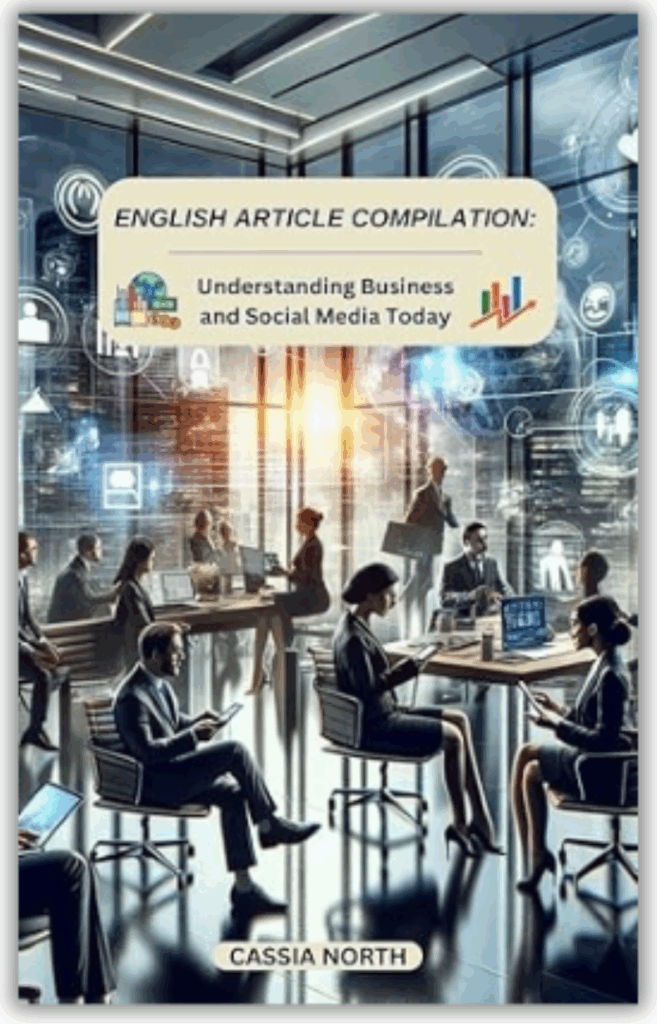










 Mastering the Past Perfect Tense not only improves your grammatical precision but also enhances your storytelling and analytical skills. However, proper usage requires awareness of common pitfalls and the application of practical strategies. This section will help you navigate the complexities of the Past Perfect, ensuring clear and effective communication.
Mastering the Past Perfect Tense not only improves your grammatical precision but also enhances your storytelling and analytical skills. However, proper usage requires awareness of common pitfalls and the application of practical strategies. This section will help you navigate the complexities of the Past Perfect, ensuring clear and effective communication.


 By adhering to these tips and being mindful of common mistakes, you can effectively integrate the Past Perfect Tense into your English usage. This will enable you to convey time relationships between past events more clearly and enhance your overall communication skills.
By adhering to these tips and being mindful of common mistakes, you can effectively integrate the Past Perfect Tense into your English usage. This will enable you to convey time relationships between past events more clearly and enhance your overall communication skills.



 Asking About Past Experiences: Use questions in the Past Perfect to inquire about experiences up to a certain point in the past. This can be particularly useful in interviews or historical discussions.
Asking About Past Experiences: Use questions in the Past Perfect to inquire about experiences up to a certain point in the past. This can be particularly useful in interviews or historical discussions. Clarifying Sequences of Events:
Clarifying Sequences of Events: Expressing Uncertainty or Denial:
Expressing Uncertainty or Denial:





